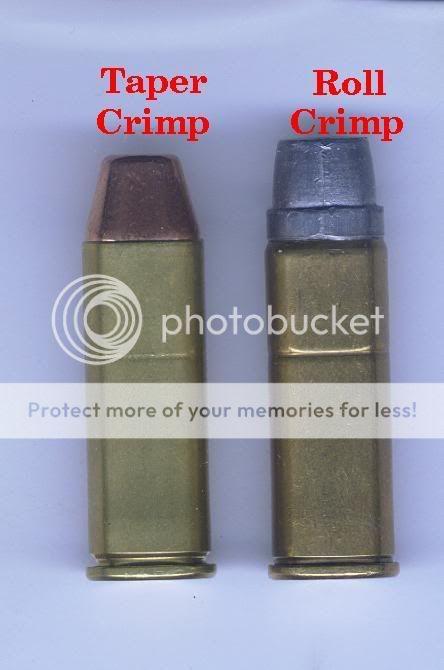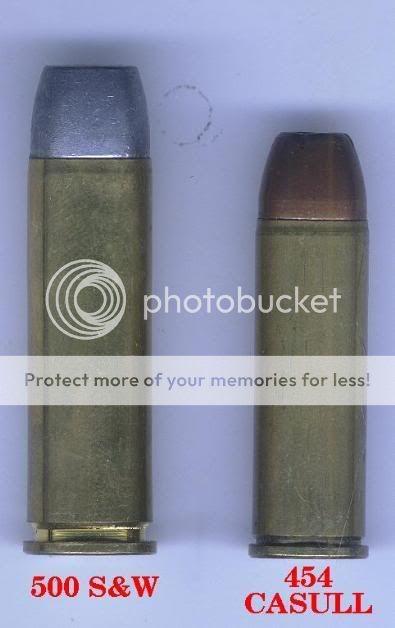Howdy
Believe it or not, mild or light loads in large capacity cases like 45 Colt will benefit from a heavy crimp. Most Smokeless powders need to achieve around 5000 psi before they begin to burn efficiently. Under 5000 psi, burns can be erratic. With a light load, a heavy crimp will retain the bullet in the cartridge for an instant while the powder gets a good burn going, exceeding the 5000 psi minimum. With a light crimp, the preliminary pressure needed to begin to shove the bullet out of the case may not be enough to get the powder burning consistantly. That is one reason why light loads usually exhibit soot on the outside of fired cases. The powder never built up enough pressure to expand the case enough to completely seal the chamber.
A good rule of thumb for crimps is to compare your crimps to commercial ammo. If the crimp looks like a commercial crimp, it is good. My own definition of a firm crimp is one that is not quite enough to create a 'bulgy' crimp. If the crimp die is screwed in just a little bit too much, the crimp will bulge and the cartridge may not chamber properly. Backing off the crimp die just a tad from that amount will result in a nice firm crimp.
I never use a crimp die for most of my revolver rounds, I simply seat the bullet and crimp in one step in a conventional seating/crimp die. It has worked for reloaders for a long time before the current fascination with crimp dies.





